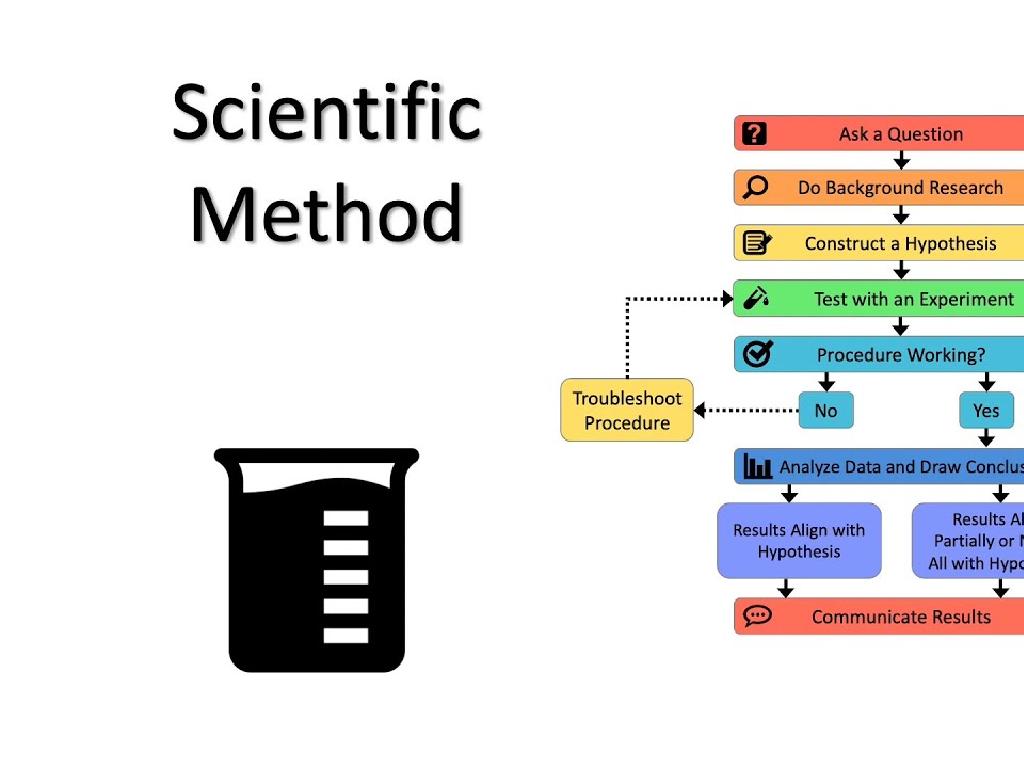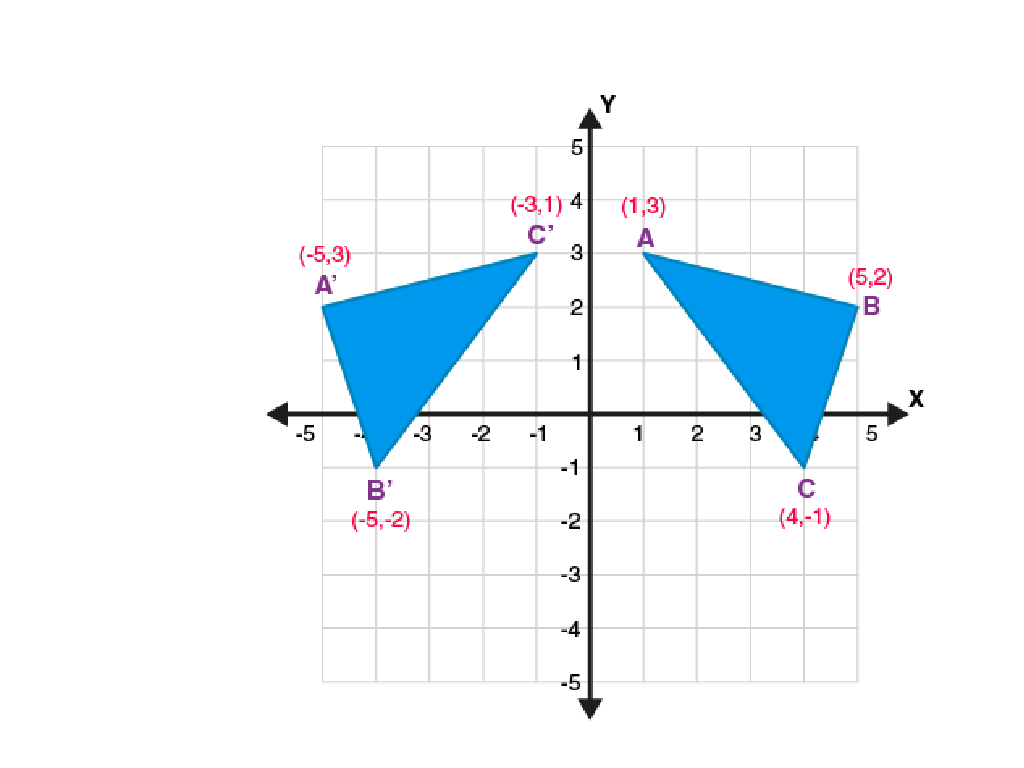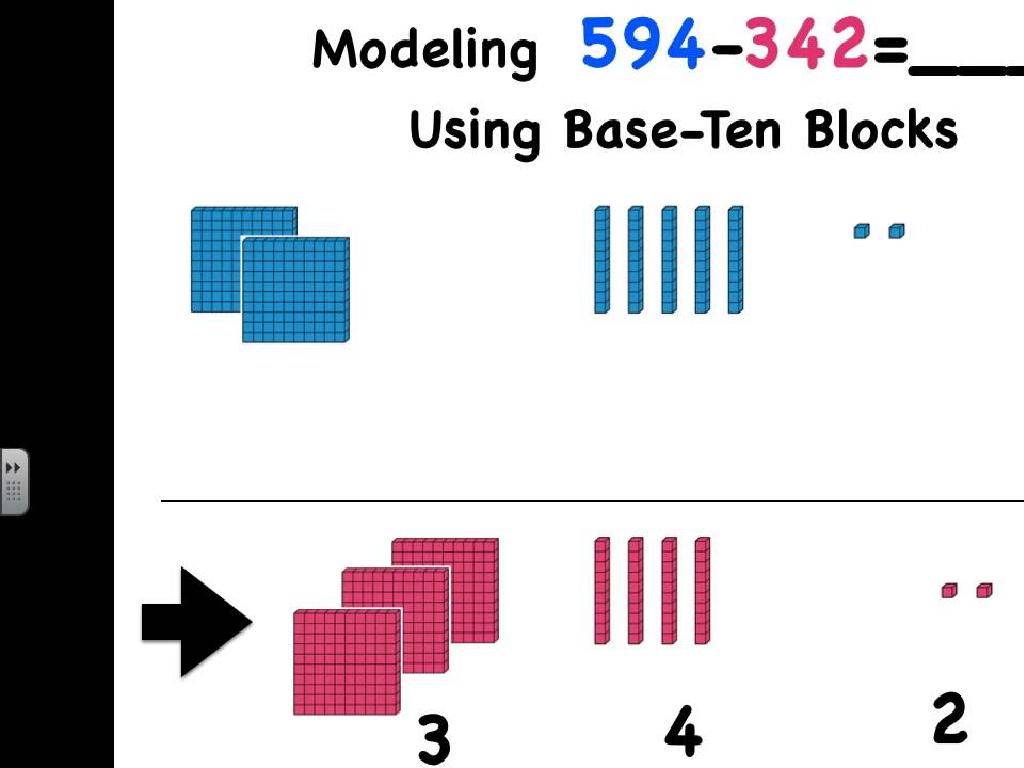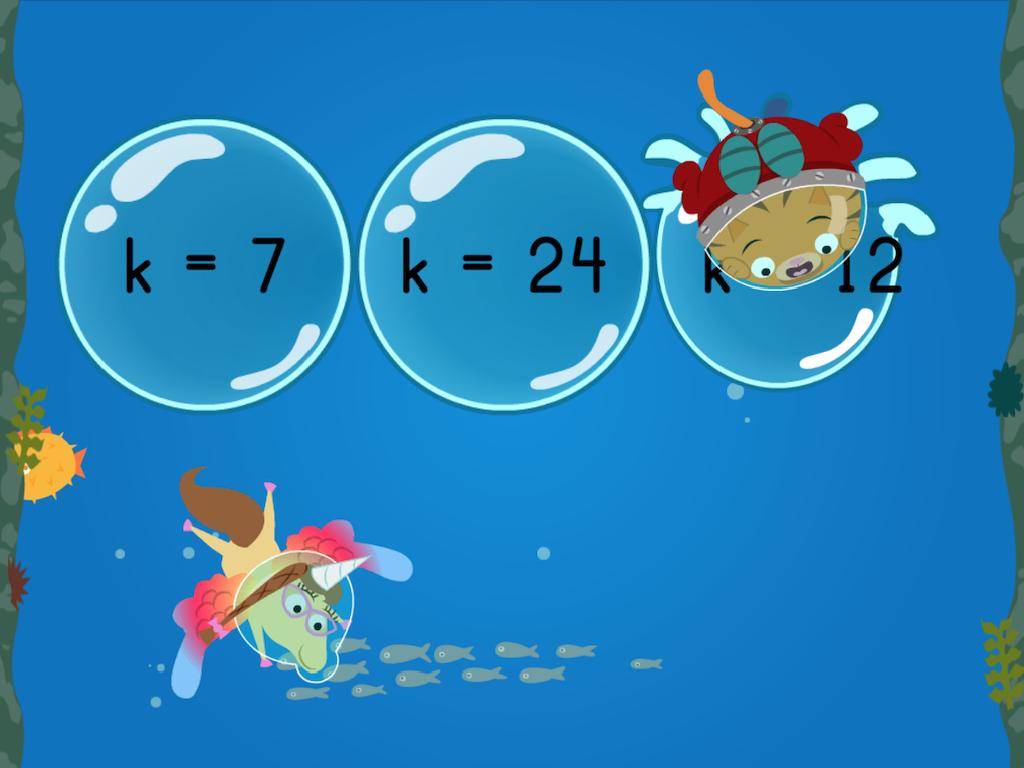Commas With Coordinate Adjectives
Subject: Language arts
Grade: Eighth grade
Topic: Commas
Please LOG IN to download the presentation. Access is available to registered users only.
View More Content
Commas with Coordinate Adjectives
– Define coordinate adjectives
– Adjectives that equally modify a noun, e.g., ‘The bright, sunny day.’
– Commas clarify meaning
– Without commas, sentences can be confusing or misleading.
– Test for coordination
– Place ‘and’ between adjectives; if it sounds right, use a comma.
– Practice with examples
– ‘She wore a long, beautiful dress.’ vs ‘She wore a long beautiful dress.’
|
This slide introduces the concept of using commas with coordinate adjectives. Coordinate adjectives are two or more adjectives that describe a noun in an equal manner and are separated by commas. Emphasize the importance of commas in preventing misinterpretation and maintaining the clarity of sentences. Teach students how to test if adjectives are coordinate by seeing if ‘and’ can be inserted between them without changing the meaning. Provide several examples for students to practice identifying and properly punctuating coordinate adjectives. Encourage students to create their own sentences using coordinate adjectives to reinforce the lesson.
Commas with Coordinate Adjectives
– Overview of commas
Commas are punctuation marks used to clarify meaning.
– Scenarios for comma usage
Used in lists, to separate clauses, and to offset appositives.
– Introduction to adjectives
Adjectives describe or modify nouns.
– Coordinate adjectives explained
Coordinate adjectives are equally important and are separated by commas.
|
Begin with a general explanation of commas and their role in clarifying sentences. Highlight different scenarios where commas are used, such as in lists, between clauses, and around non-essential information. Introduce adjectives as words that describe or modify nouns, setting the stage for understanding coordinate adjectives. Explain that coordinate adjectives are adjectives of equal rank that describe the same noun and should be separated by commas. Provide examples to illustrate this, such as ‘The quick, agile fox jumped over the lazy dog,’ where ‘quick’ and ‘agile’ are coordinate adjectives describing the fox. Encourage students to practice identifying and using commas with coordinate adjectives in their writing.
Commas with Coordinate Adjectives
– Understanding adjectives
– Adjectives describe nouns, making writing vivid
– Adjectives in sentences
– For example: ‘The quick, brown fox jumps over the lazy dog’
– Class Activity: Find adjectives
– Choose an excerpt from a favorite book and highlight the adjectives
– Discussing our findings
– We’ll share and explain why these adjectives are important
|
This slide introduces the concept of adjectives and their role in enhancing writing by adding detail to nouns. Start by explaining what adjectives are and how they can change the image a sentence conveys. Provide clear examples of adjectives within sentences to illustrate their use. For the class activity, instruct students to select a passage from a book they enjoy and identify the adjectives present. Encourage them to think about how these adjectives contribute to the imagery and understanding of the text. After the activity, have a discussion where students share their findings and reflect on the importance of adjectives in literature. This will help them grasp the concept of coordinate adjectives and prepare them for understanding how commas can alter meaning.
Commas with Coordinate Adjectives
– Define Coordinate Adjectives
– Adjectives that equally modify the same noun
– Tests to identify them
– Use tests to check if adjectives are coordinate
– The ‘and’ test
– If ‘and’ fits between adjectives, they’re likely coordinate
– The ‘order’ test
– If adjectives can be reordered and still make sense, they’re coordinate
|
Coordinate adjectives are adjectives with equal status in describing the noun; they can be separated by commas. Teach students how to determine if adjectives are coordinate using two methods: the ‘and’ test and the ‘order’ test. For the ‘and’ test, if placing ‘and’ between the adjectives still makes sense, then they are likely coordinate. For the ‘order’ test, if the order of the adjectives can be changed without affecting the sentence, they are coordinate. Provide examples like ‘a dark, stormy night’ and ‘a cold, refreshing drink’ to illustrate the concept. Encourage students to practice with their own sentences.
Commas with Coordinate Adjectives
– Rules for comma use with adjectives
– Place a comma between adjectives that are equal and reversible. E.g., ‘a dark, stormy night.’
– Examples vs. non-examples
– ‘Bright green grass’ (no comma) vs. ‘a cold, rainy day’ (with comma).
– Interactive sentence creation
– Create your own sentences using pairs of adjectives from a given list.
|
This slide introduces the concept of using commas with coordinate adjectives. Start by explaining the rules: if two adjectives are of equal importance and can be reversed or separated by ‘and’, they are coordinate and should be separated by a comma. Provide clear examples where commas are used and contrast with non-examples where no comma is necessary. For the interactive exercise, provide students with a list of adjectives to combine into sentences, ensuring they apply the rules for comma usage. This activity will help solidify their understanding through practice. Encourage students to explain why they used or didn’t use a comma in their sentences.
Practice Time: Commas with Coordinate Adjectives
– Practice using commas correctly
– Complete the worksheet activity
– Fill in commas on the provided worksheet
– Insert commas with adjectives
– Look for adjectives that describe the same noun
– Pair up and share your answers
– Discuss and compare answers with a classmate
|
This slide is designed for an interactive class activity to reinforce the lesson on using commas with coordinate adjectives. Provide students with a worksheet containing sentences that require commas between coordinate adjectives. Coordinate adjectives are adjectives that appear in sequence to modify the same noun and are equally important, thus separated by commas. After completing the worksheet, students should pair up to compare and discuss their answers, promoting peer learning. As a teacher, circulate the room to assist and guide discussions. Possible variations of the activity could include group work, creating their own sentences with coordinate adjectives, or finding examples in a text. This activity will help students apply the rules in a practical context and understand the importance of comma placement for clear communication.
Avoiding Common Mistakes with Commas
– Common errors with adjectives
– Misplacing commas can change the meaning of a sentence, e.g., ‘The big, scary dog’ vs ‘The big scary dog’.
– Proofreading for punctuation
– Read sentences aloud, listen for natural pauses where commas might fit.
– Tips for comma mastery
– Remember, not all adjectives need a comma. Use it when two adjectives are equally important to the noun.
|
This slide aims to help students recognize and avoid frequent mistakes when using commas with coordinate adjectives. Emphasize the importance of comma placement and its impact on sentence meaning. Encourage students to read their work aloud as a proofreading technique to identify where natural pauses occur, which often indicates where commas are needed. Provide tips for mastering comma usage, such as the ‘and’ test for coordinate adjectives if you can place ‘and’ between the adjectives and the sentence still makes sense, a comma is likely needed. Use examples to illustrate these points and allow students to practice with their own sentences.
Class Activity: Comma Challenge
– Engage in Comma Correction Race
– Groups receive a paragraph
– A paragraph lacking commas will be provided
– Insert missing commas
– Determine where commas are needed
– First to finish correctly wins
|
This activity is designed to reinforce the use of commas with coordinate adjectives through a fun and competitive race. Divide the class into small groups and provide each with a paragraph where commas have been omitted. The task for each group is to correctly insert all missing commas as quickly as possible. The first group to finish, having all commas correctly placed, wins the race. This will help students to collaborate and apply comma rules in real-time. Possible paragraphs for the activity could include descriptions of people, places, or events that naturally incorporate coordinate adjectives. Ensure that the paragraphs are of equal difficulty and that there are enough examples to cover all groups. After the activity, review the correct comma placements as a class to reinforce learning.
Wrapping Up: Commas & Coordinate Adjectives
– Recap: Commas with coordinate adjectives
– Homework: Craft 10 sentences
– Include pairs of adjectives before a noun
– Use commas correctly
– Ensure adjectives are equal and interchangeable
– Remember: Practice is key!
|
As we conclude today’s lesson, remind students of the key points about using commas with coordinate adjectives. For homework, they should write 10 original sentences that include pairs of coordinate adjectives separated by commas. Emphasize that the adjectives should be equal in rank and could be switched around without changing the sentence’s meaning. This exercise will help solidify their understanding of the concept. Encourage them to practice diligently, reinforcing the idea that mastery comes with consistent practice. In the next class, be prepared to review some of the sentences students have written to ensure they’ve grasped the concept.






